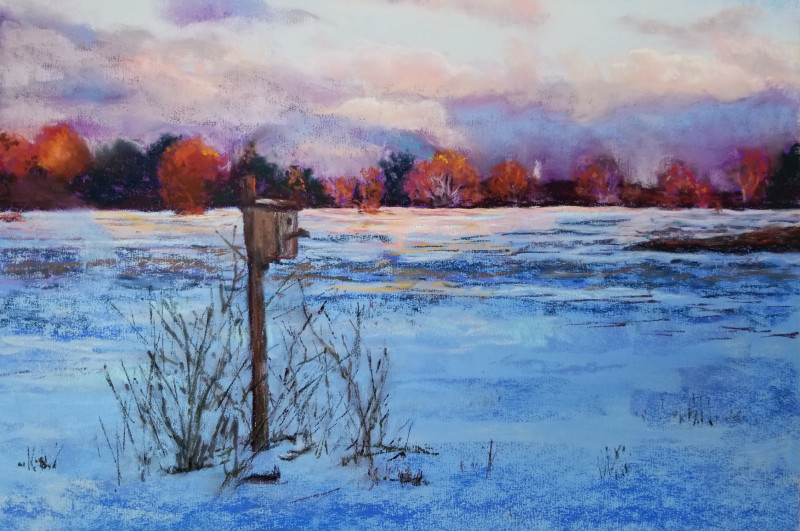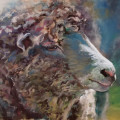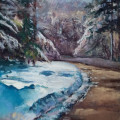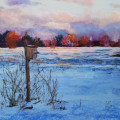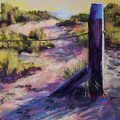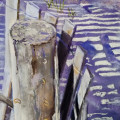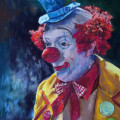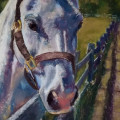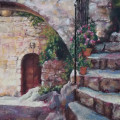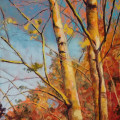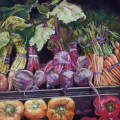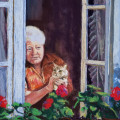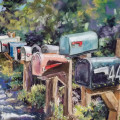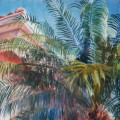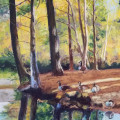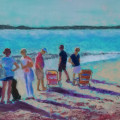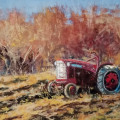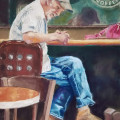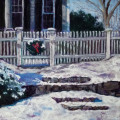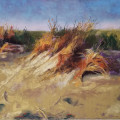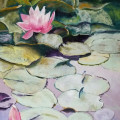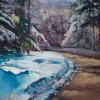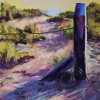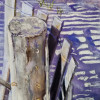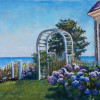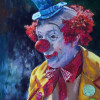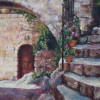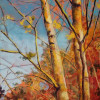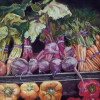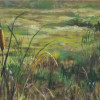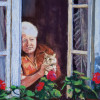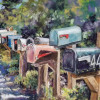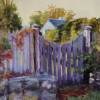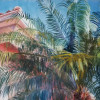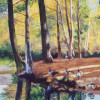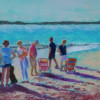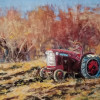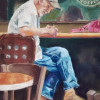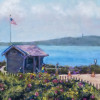March - April 2026: Diane Tremitiere Monaghan
Diane Tremitiere Monaghan
Local Strokes
What a little sandpaper and chalk can do
-
ewe s pretty
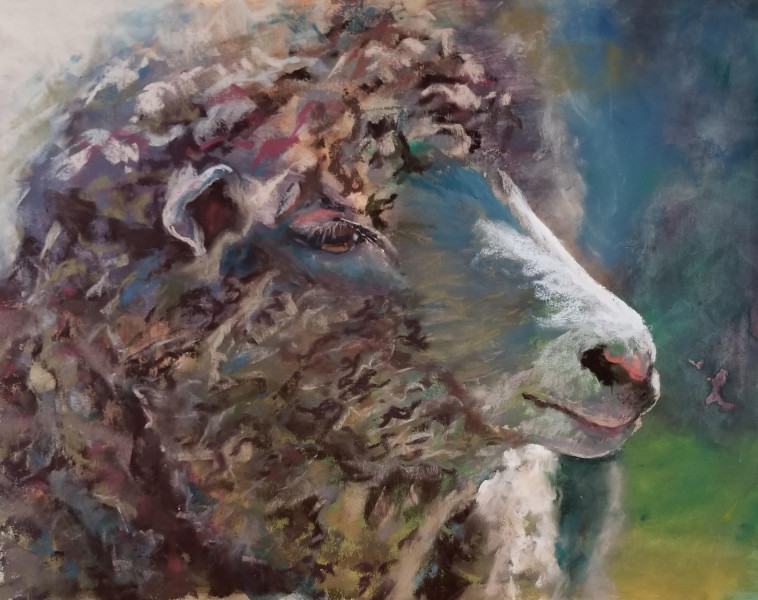
-
after the plow
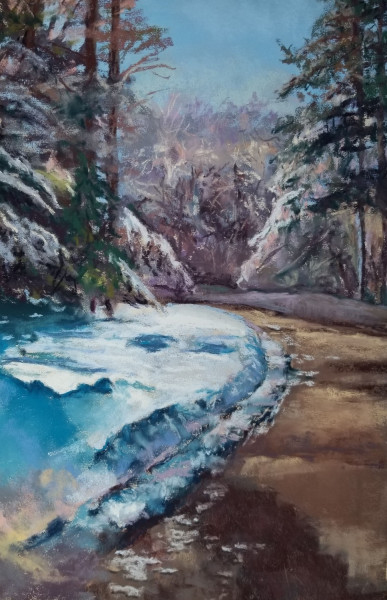
-
bay farm with bird house
-
bay side
-
beach stripes
-
cape house
-
clown
-
doc
-
eze village france
-
fall fireworks
-
good for you
-
green marsh
-
idyllic day
-
la bretonne
-
mail call washington st.
-
old gate powder point avenue
-
sarasota siesta
-
stopover on the way south
-
time to head home
-
ulrich the great dane
-
waiting for spring
-
waiting for the wife
-
washington street in winter
-
welcome to duxbury beach
-
duxbury dune
-
water lilies
Artist’s Statement
When my family and I moved to Duxbury Massachusetts from Chicago, I was stunned by the beauty that abounds here. I would like to inspire local residents to marvel at the colors all around them that they might take for granted, whether it be an old mailbox, shadows on the beach, or a cranberry harvest in progress. My chosen medium is soft pastel on 400 grit sanded paper although I’ve worked in watercolor and acrylic.
It has been a particular joy to see my daughter Caitlin using her artistic talents in many ways – she chooses a subject and figures out how to turn it into a creative and beautiful gift for someone. Her results are amazing!
About the Artist
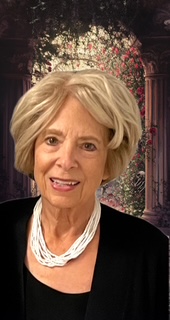
Diane Tremitiere Monaghan began drawing and painting at age seven with art lessons by Abbe Rose Cox in Allendale, NJ who introduced children to every medium possible including mosaics and print-making. Majoring in teaching French at the University of North Carolina – Greensboro, art was mostly put aside.
Her young family moved to beautiful New England, where she began painting pet portraits. She created signage in Tinkertown and designed and sold the Duxbury 350th counted cross-stitch kit. Through the Duxbury Newcomers Club, she taught quilting. For many years she created 35 Christmas ornaments for nieces and nephews, with one of them ending up on the Regis & Kathie Lee show. Classes with Duxbury’s Katherine Smit introduced her to pastels and portraiture. It was Katherine who invited Diane to join the Helen Bumpus Gallery, which became a 27- year relationship. A similar influence was Constance Flavell Pratt. In recent years, Diane studied under Jory Mason, whose enthusiasm and innovation in using pastels have been an inspiration.


